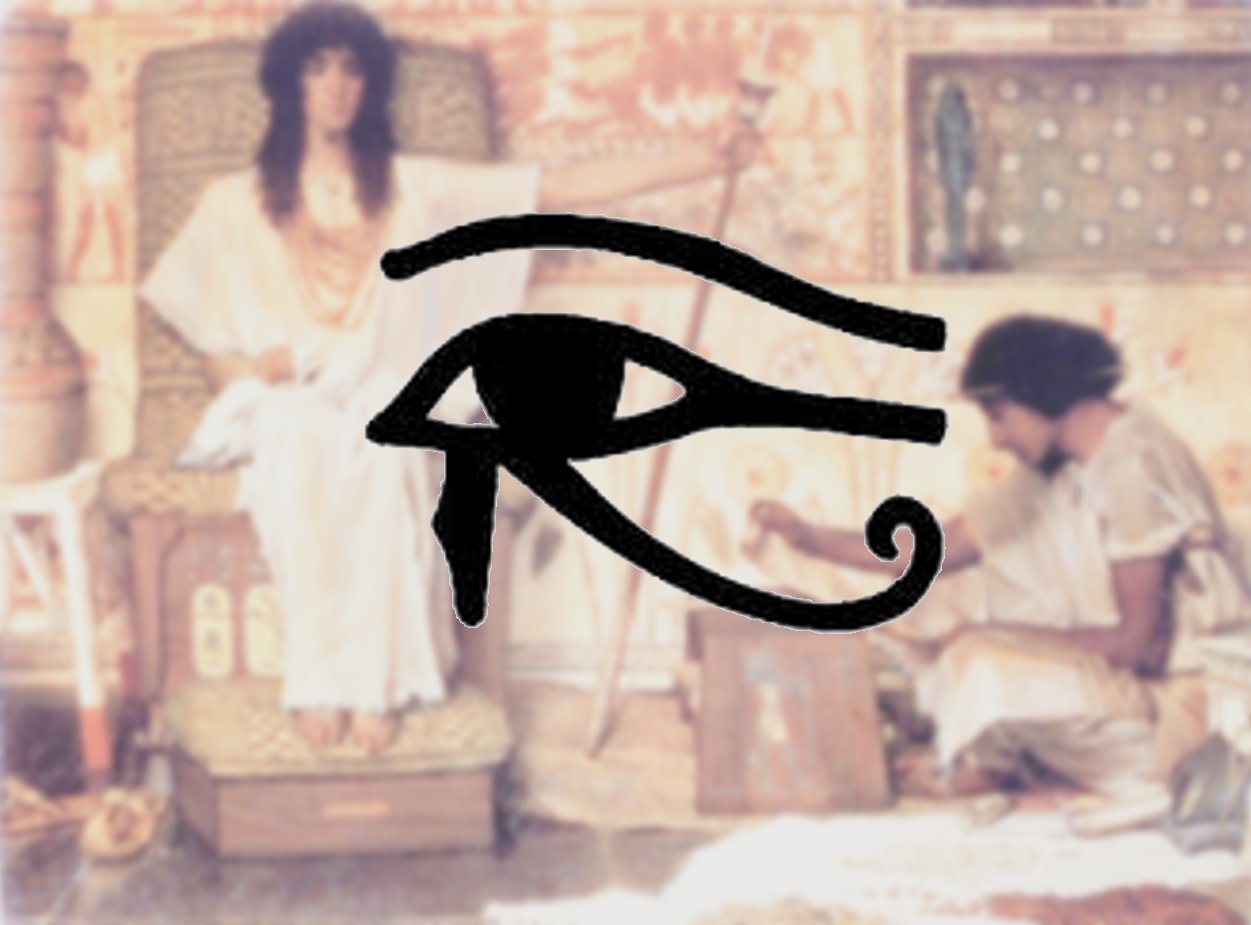Since childhood, Joseph has been a character who has caught my attention. I identified with him in ways that I didn't with other biblical characters, ways I didn’t quite have words for. As a child whose gender had to be corralled and corrected, then as a young person who understood himself to be male and gay, and even into an adulthood of reclaiming my own gender difference, I have always seen Joseph in the text, winking across the ages, inviting me to explore more fully the shared elements of our experience.
As it turns out, whenever I turn my attention to Joseph, I see more in the story. Elements that suggest that there is so much more to him than our tradition has allowed. So much more complexity of gender and sexuality. Whether or not he was “gay” as we understand that in our generation, his narrative is a queer one. His role in his family; his role as substitute for his mother and ongoing embodier of her energy; his outsiderness in his family and in Egypt; the bullying he endures; his making good in the Big City; his taking control of his own narrative; and, unlike in a classic hero's journey, his refusal to return home, instead bringing his problematic family to him, keeping them close but not too close.
There have been times that I have felt self-conscious about reading so much into Joseph. I have felt a fear that I was projecting as a means of locating myself in our ancient texts, and that that was not a legitimate project. But as Rabbi Shefa Gold says, “Torah is not about somebody else.” I am not projecting myself onto Joseph any more than someone who argues that there is nothing queer about Joseph at all. And while seeing myself reflected in a text feels satisfying and useful and healing, I am not doing this in a vacuum. Joseph invites it, and has been inviting it forever, as we can see from connections drawn by authors of later books of Tanakh and from Talmudic and Medieval commentators, connections I will explore below.
Joseph is different in numerous ways in the p'shat of the text. He is his father's favorite (and for the time being I will use “he/him” pronouns, following Torah’s lead, but without commitment). He wears unusual clothing. He is described as childlike at an age where he should not have been. His beauty is discussed in the text; and in several significant instances there are Hebrew phrases used to describe his appearance, emotion, garb or actions that specifically link him to noteworthy women elsewhere in Tanakh including, repeatedly, his own mother.
What we see in secondary sources – Talmud, Midrash, Targum, medieval commentators – suggests that those thinkers also perceived something unusual in Joseph, and their exegeses gravitate around issues of gender (young Joseph primping his hair) and sexuality (Potiphar purchasing Joseph for his own sexual gratification). These various authors see something about Joseph too, and so they exert effort either to problematize his gender or to explain away problems that exist in the p’shat. In the words of Lori Lefkovitz, “The rabbis are clearly troubled by Joseph’s chaste beauty, but inasmuch as he is a sacred hero, they fear articulating their doubts too directly.... [H]is beauty and innocence strike the rabbis as unnatural and effeminate....”
Most striking to me, perhaps, are what seem to be bold hints in the text regarding an atypicality not only in Joseph’s lived gender, but in his (or their) body. The way that the language of “womb” and “knee” gravitate to him in Torah in ways that they do not toward any other men speaks loudly of Joseph’s difference.
In this paper, I hope to highlight some of these textual moments, language choices, and rabbinic observations, and identify how they point to the complexity of Joseph’s gender. [Click the button below.]
This paper began as a final project for a class taught by Rabbi Fern Feldman and Prof. Lev Barad in the ALEPH Ordination Program. It is offered for these winter weeks of late-Genesis Torah reading – the pageant of Joseph.
